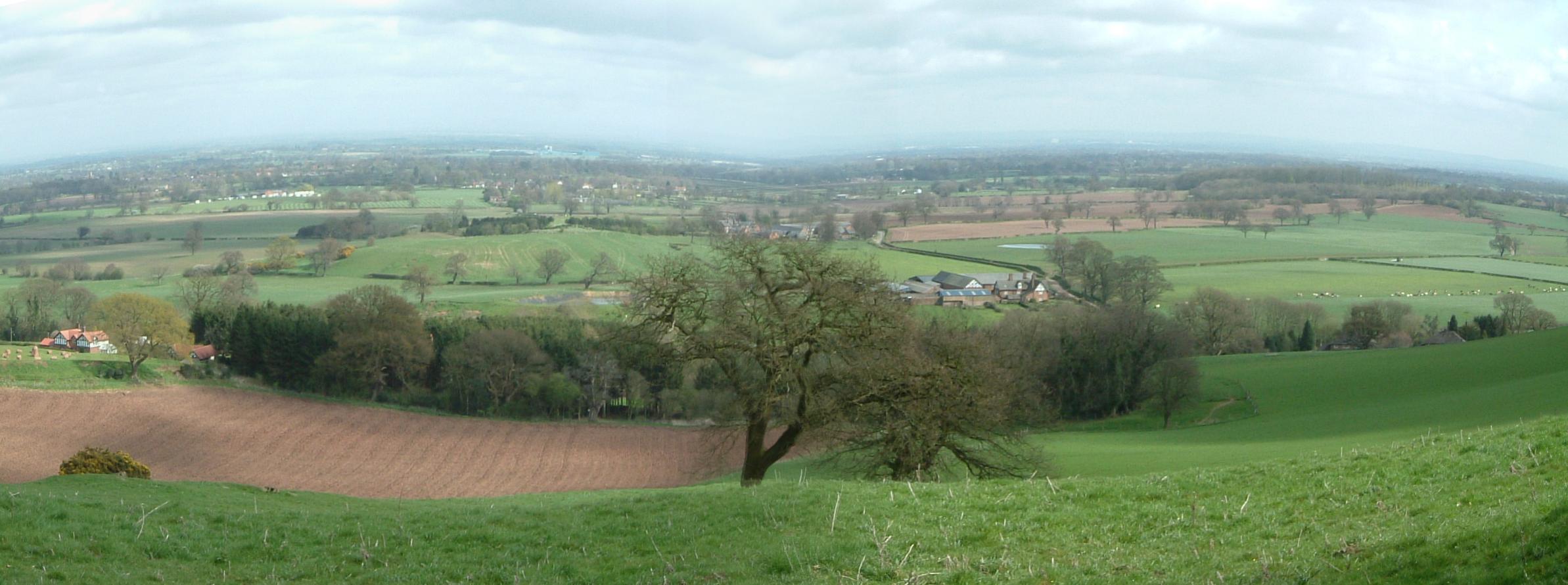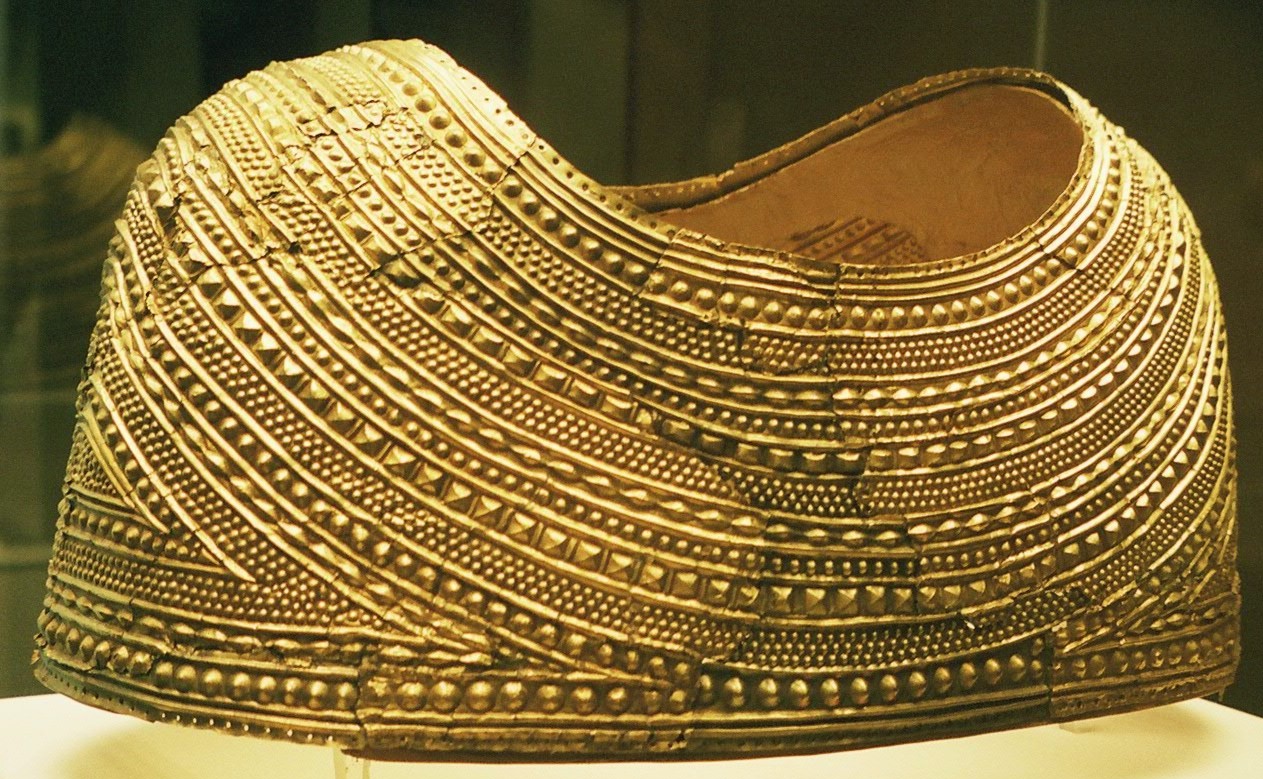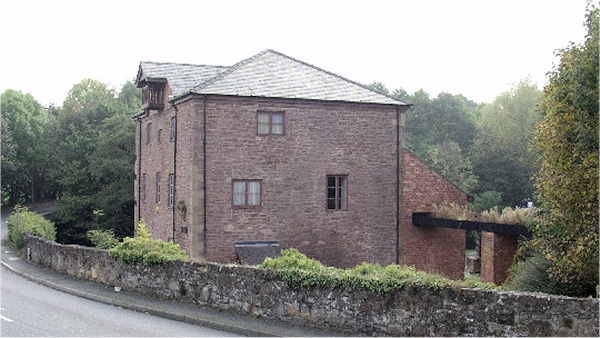|
Cymau
Cymau is a small village situated in the community of Llanfynydd, Flintshire on the edge of the mountains of north-east Wales. Its name is derived from the Welsh word ''cymau'', an old form of the plural for ''cwm'', "valley" or "hollow". The village is located on the side of Hope Mountain, a land feature that can be seen for miles around. Neighbouring villages include Ffrith to the west and Brymbo to the south. The nearest settlements are Wrexham to the south-east and Mold towards the north-west. The area is known for its scenic beauty and large number of available hill-walking routes. The summit of Hope Mountain offers views of the Cheshire Plain and, in the opposite direction, it is possible to see sunsets behind the Welsh hills. The population of Cymau is around 350. The village boasts a pub (The Old Talbot Inn, now closed) and one parish church A parish church (or parochial church) in Christianity is the church which acts as the religious centre of a parish. In many ... [...More Info...] [...Related Items...] OR: [Wikipedia] [Google] [Baidu] |
Llanfynydd, Flintshire
Llanfynydd is a village, local government Community (Wales), community and Wards and electoral divisions of the United Kingdom, electoral ward in Flintshire, Wales. Its name is derived from the Welsh language, Welsh words ''Llan (placename element), llan'' ("church" or "parish"), and ''mynydd'' ("mountain"). Description The community, which includes the villages of Llanfynydd, Cymau, Cefn-y-Bedd and Ffrith along with a number of smaller hamlets, had a population of 1,752 at the 2001 census,Llanfynydd Community Office of National Statistics increasing to 1,850 at the 2011 census. The village is situated in the valley of the River Cegidog beneath Hope Mountain. History The area has ...[...More Info...] [...Related Items...] OR: [Wikipedia] [Google] [Baidu] |
Ffrith
Ffrith is a small village in the community of Llanfynydd in Flintshire, north-east Wales. Name The name Ffrith (the Welsh double "f" is pronounced simply as "f") reflects a spelling and pronunciation particular to Flintshire: it is derived from a North Welsh word meaning variously a "pasture", "enclosure" or "forest" and borrowed originally from the Middle English word "frith", meaning a forest or game preserve.Owen, H. W. ''The place-names of east Flintshire'', University of Wales Press, 1994, p.297 The name Belmont or Bell Mount was also commonly used for the village in the 19th century. In local usage the village is usually referred to as "the Ffrith". Location The village is situated in the southernmost part of the county in the wooded valley of the River Cegidog at the point where the Nant-y-Ffrith stream flows into it. Neighbouring villages include Cymau to the east, Brymbo to the south-east and Llanfynydd, one mile to the north. The nearest major settlements are Wrexham ... [...More Info...] [...Related Items...] OR: [Wikipedia] [Google] [Baidu] |
Flintshire
, settlement_type = County , image_skyline = , image_alt = , image_caption = , image_flag = , image_shield = Arms of Flintshire County Council.svg , shield_size = 100px , shield_alt = , shield_link = , image_blank_emblem = , blank_emblem_alt = , image_map = File: Flintshire UK location map.svg , map_alt = , map_caption = Flintshire shown within Wales , coordinates = , subdivision_type = Sovereign state , subdivision_name = , subdivision_type1 = Constituent country , subdivision_type2 = Preserved county , subdivision_name1 = , subdivision_name2 = Clwyd , established_title ... [...More Info...] [...Related Items...] OR: [Wikipedia] [Google] [Baidu] |
Cheshire Plain
The Cheshire Plain is a relatively flat expanse of lowland within the county of Cheshire in North West England but extending south into Shropshire. It extends from the Mersey Valley in the north to the Shropshire Hills in the south, bounded by the hills of North Wales to the west and the foothills of the Pennines to the north-east. The Wirral Peninsula lies to the north-west whilst the plain merges with the South Lancashire Plain in the embayment occupied by Manchester to the north. In detail, the plain comprises two areas with distinct characters, the one to the west of the Mid Cheshire Ridge and the other, larger part, to its east. The plain is the surface expression of the Cheshire Basin, a deep sedimentary basin that extends north into Lancashire and south into Shropshire. It assumed its current form as the ice-sheets of the last glacial period melted away between 20,000 and 15,000 years ago leaving behind a thick cover of glacial till and extensive tracts of glacio-flu ... [...More Info...] [...Related Items...] OR: [Wikipedia] [Google] [Baidu] |
Hill-walking
Walking is one of the most popular outdoor recreational activities in the United Kingdom, and within England and Wales there is a comprehensive network of rights of way that permits access to the countryside. Furthermore, access to much uncultivated and unenclosed land has opened up since the enactment of the Countryside and Rights of Way Act 2000. In Scotland the ancient tradition of universal access to land was formally codified under the Land Reform (Scotland) Act 2003. In Northern Ireland, however, there are few rights of way, or other access to land. Walking is used in the United Kingdom to describe a range of activity, from a walk in the park to trekking in the Alps. The word "hiking" is used in the UK, but less often than walking; the word rambling (akin to ''roam'') is also used, and the main organisation that supports walking is called The Ramblers. Walking in mountainous areas in the UK is called hillwalking, or in Northern England, including the Lake District and York ... [...More Info...] [...Related Items...] OR: [Wikipedia] [Google] [Baidu] |
Mold, Flintshire
Mold ( cy, Yr Wyddgrug) is a town and community in Flintshire, Wales, on the River Alyn. It is the county town and administrative seat of Flintshire County Council, as it was of Clwyd from 1974 to 1996. According to the 2011 UK Census, it had a population of 10,058. A 2019 estimate puts it at 10,123. Origin of the name The original Welsh-language place name, ''Yr Wyddgrug'' was recorded as ''Gythe Gruc'' in a document of 1280–1281, and means "The Mound of the Tomb/Sepulchre". The name "Mold" originates from the Norman-French ''mont-hault'' ("high hill"). The name was originally applied to the site of Mold Castle in connection with its builder Robert de Montalt, an Anglo-Norman lord. It is recorded as ''Mohald'' in a document of 1254. History A mile west of the town is Maes Garmon, ("The Field of Germanus"), the traditional site of the "Alleluia Victory" by a force of Romano-Britons led by Germanus of Auxerre against the invading Picts and Scots, which occurred shortly af ... [...More Info...] [...Related Items...] OR: [Wikipedia] [Google] [Baidu] |
Wrexham
Wrexham ( ; cy, Wrecsam; ) is a city and the administrative centre of Wrexham County Borough in Wales. It is located between the Welsh mountains and the lower Dee Valley, near the border with Cheshire in England. Historically in the county of Denbighshire, and later the county of Clwyd in 1974, it has been the principal settlement of Wrexham County Borough since 1996. Wrexham has historically been one of the primary settlements of Wales. At the 2011 Census, it had an urban population of 61,603 as part of the wider Wrexham built-up area which made it Wales's fourth largest urban conurbation and the largest in north Wales. The city comprises the local government communities of Acton, Caia Park, Offa and Rhosddu. Wrexham's built-up area extends further into villages like Bradley, Brymbo, Brynteg, Gwersyllt, New Broughton, Pentre Broughton and Rhostyllen. Wrexham was likely founded prior to the 11th century and developed in the Middle Ages as a regional centre for t ... [...More Info...] [...Related Items...] OR: [Wikipedia] [Google] [Baidu] |
Brymbo
Brymbo is a village and Community (Wales), community in Wrexham County Borough, Wales. It lies in the hilly country to the west of Wrexham city, largely surrounded by farmland. At the United Kingdom Census 2001, 2001 Census, the population of the community area (including Brymbo village, along with the villages of Tanyfron and Bwlchgwyn and a number of rural hamlets) was 3,482, increasing to 4,836 at the 2011 Census. Brymbo is also the name of an electoral Ward (country subdivision), ward of Wrexham County Borough, whose population (including Brymbo and Tanyfron only) was 2,653 at the 2001 census, increasing to 3,981 at the 2011 Census. The area was formerly heavily dependent on coal mining and steelmaking, and the Brymbo Steelworks, which operated between 1794 and 1990, was a prominent feature of the village and much of the surrounding area. The area had a strong community spirit and at least three major railways (GWR, LNWR, LNER) were present. History Brymbo, possibly from th ... [...More Info...] [...Related Items...] OR: [Wikipedia] [Google] [Baidu] |
Plural
The plural (sometimes abbreviated pl., pl, or ), in many languages, is one of the values of the grammatical category of number. The plural of a noun typically denotes a quantity greater than the default quantity represented by that noun. This default quantity is most commonly one (a form that represents this default quantity of one is said to be of ''singular'' number). Therefore, plurals most typically denote two or more of something, although they may also denote fractional, zero or negative amounts. An example of a plural is the English word ''cats'', which corresponds to the singular ''cat''. Words of other types, such as verbs, adjectives and pronouns, also frequently have distinct plural forms, which are used in agreement with the number of their associated nouns. Some languages also have a dual (denoting exactly two of something) or other systems of number categories. However, in English and many other languages, singular and plural are the only grammatical numbers, exce ... [...More Info...] [...Related Items...] OR: [Wikipedia] [Google] [Baidu] |
Hope Mountain (Flintshire)
Hope Mountain, commonly called Mount Hope, is a prominent mountain overlooking the town of Hope, British Columbia, Canada from the south. It is the northernmost summit of the Skagit Range of the Cascade Mountains and stands above the confluence of the Coquihalla and Fraser Rivers. Hope Mountain dominates the view of southbound travellers in the lower Fraser Canyon between Yale Yale University is a private research university in New Haven, Connecticut. Established in 1701 as the Collegiate School, it is the third-oldest institution of higher education in the United States and among the most prestigious in the wor ... and Hope. References Canadian Cascades Mountains of the Lower Mainland One-thousanders of British Columbia Yale Division Yale Land District {{BritishColumbiaCoast-geo-stub ... [...More Info...] [...Related Items...] OR: [Wikipedia] [Google] [Baidu] |
Clwyd
Clwyd () is a preserved county of Wales, situated in the north-east corner of the country; it is named after the River Clwyd, which runs through the area. To the north lies the Irish Sea, with the English ceremonial counties of Cheshire to the east and Shropshire to the south-east. Powys and Gwynedd lie to the south and west respectively. Clwyd also shares a maritime boundary with Merseyside along the River Dee. Between 1974 and 1996, a slightly different area had a county council, with local government functions shared with six district councils. In 1996, Clwyd was abolished, and the new principal areas of Conwy County Borough, Denbighshire, Flintshire and Wrexham County Borough were created; under this reorganisation, "Clwyd" became a preserved county, with the name being retained for certain ceremonial functions. This area of north-eastern Wales has been settled since prehistoric times; the Romans built a fort beside a ford on the River Conwy, and the Normans and Welsh dis ... [...More Info...] [...Related Items...] OR: [Wikipedia] [Google] [Baidu] |
Welsh Language
Welsh ( or ) is a Celtic language family, Celtic language of the Brittonic languages, Brittonic subgroup that is native to the Welsh people. Welsh is spoken natively in Wales, by some in England, and in Y Wladfa (the Welsh colony in Chubut Province, Argentina). Historically, it has also been known in English as "British", "Cambrian", "Cambric" and "Cymric". The Welsh Language (Wales) Measure 2011 gave the Welsh language official status in Wales. Both the Welsh and English languages are ''de jure'' official languages of the Welsh Parliament, the Senedd. According to the 2021 United Kingdom census, 2021 census, the Welsh-speaking population of Wales aged three or older was 17.8% (538,300 people) and nearly three quarters of the population in Wales said they had no Welsh language skills. Other estimates suggest that 29.7% (899,500) of people aged three or older in Wales could speak Welsh in June 2022. Almost half of all Welsh speakers consider themselves fluent Welsh speakers ... [...More Info...] [...Related Items...] OR: [Wikipedia] [Google] [Baidu] |




